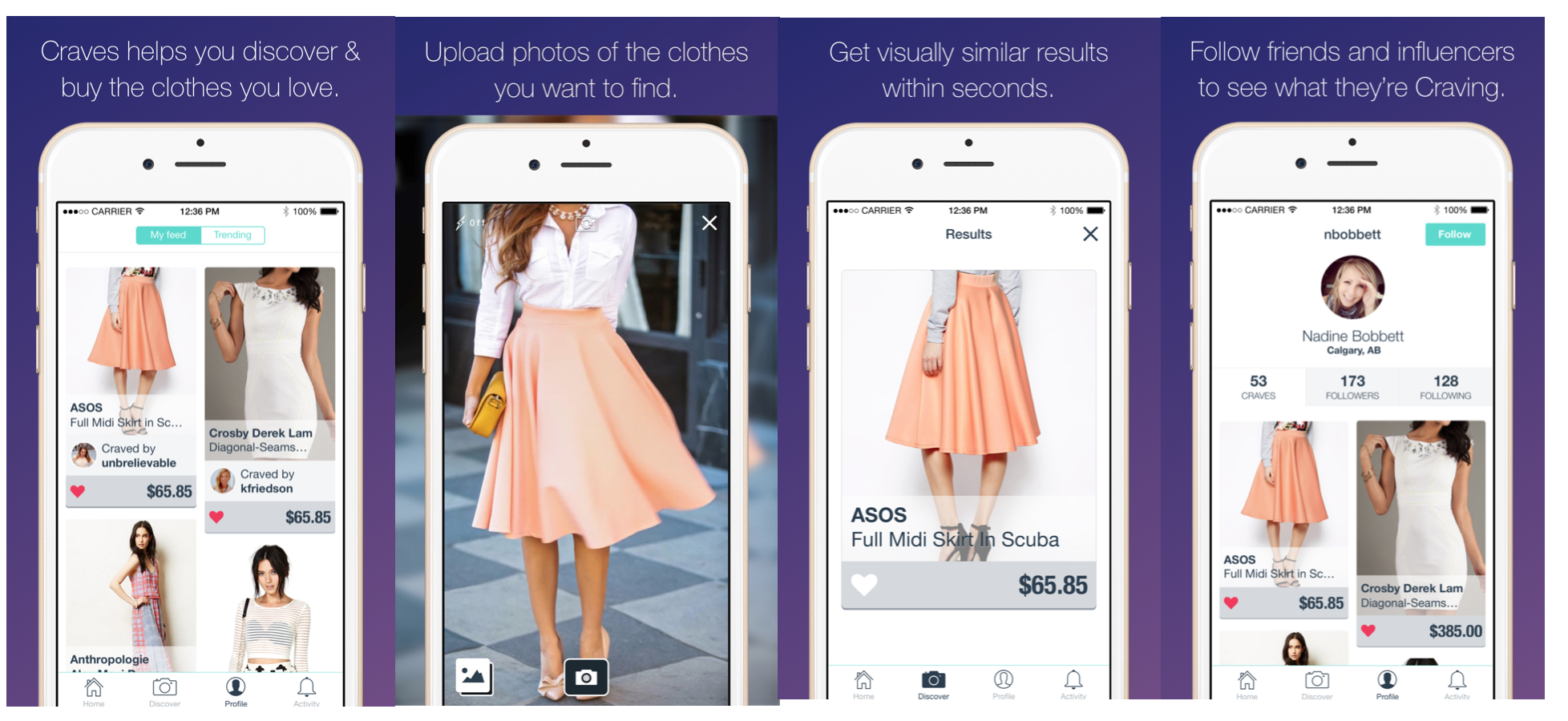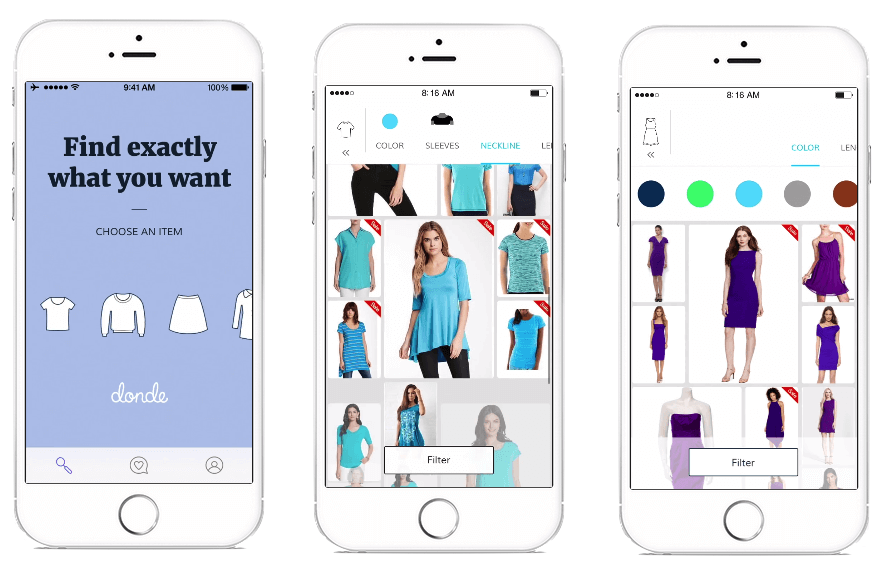On May 15, 2018, Google launched a new feature, Style Match, which capitalizes on the new trend of helping shoppers find exactly what they’re looking for with a snap of a picture.
Style Match enables Android users to use both Google’s search engine and the new Google Lens to identify and buy products. Style Match’s algorithm even understands attributes like texture, shape, and color.
Users simply point their phone cameras at objects and Google will search through millions of products to identify what they are and provide a match. If Style Match cannot find the exact product, they will suggest similar products.
Once a user finds the product they are looking for, they can purchase it directly through Google Shopping or be directed to an external site.
Like other image recognition apps, Style Match aims to help users find products they can’t put into words in Google Search.
Using Google Style Match to find an article of clothing in a store.




